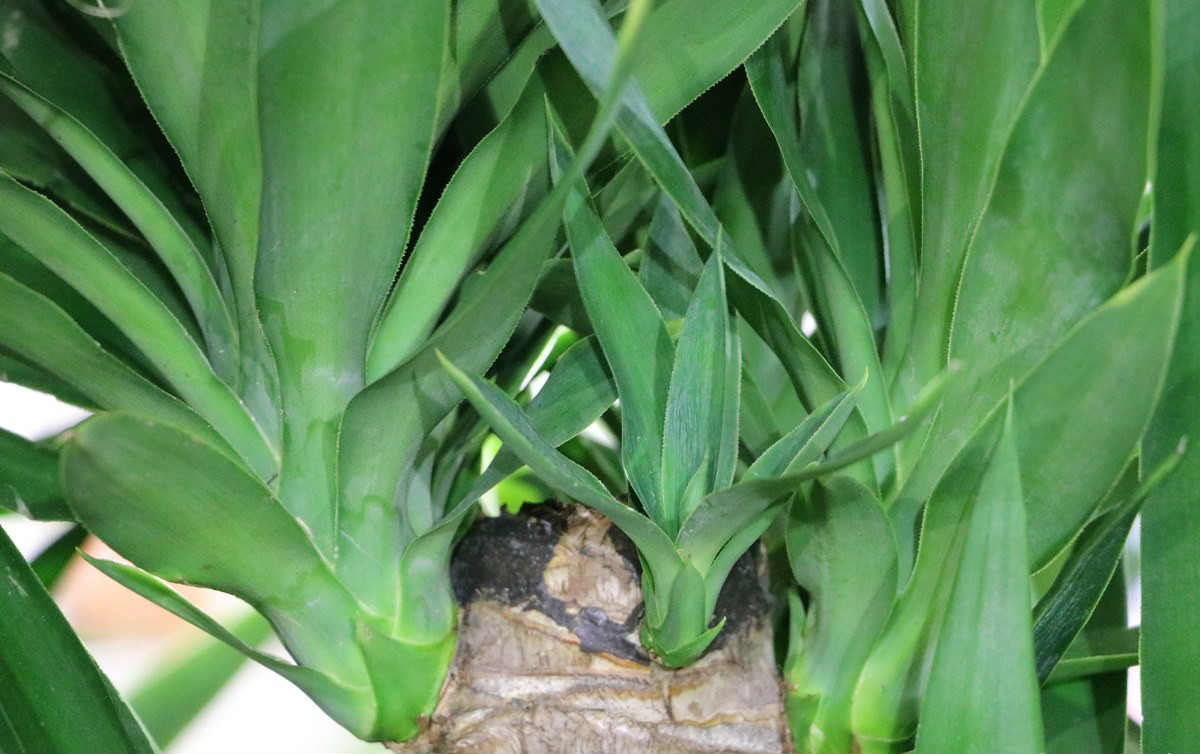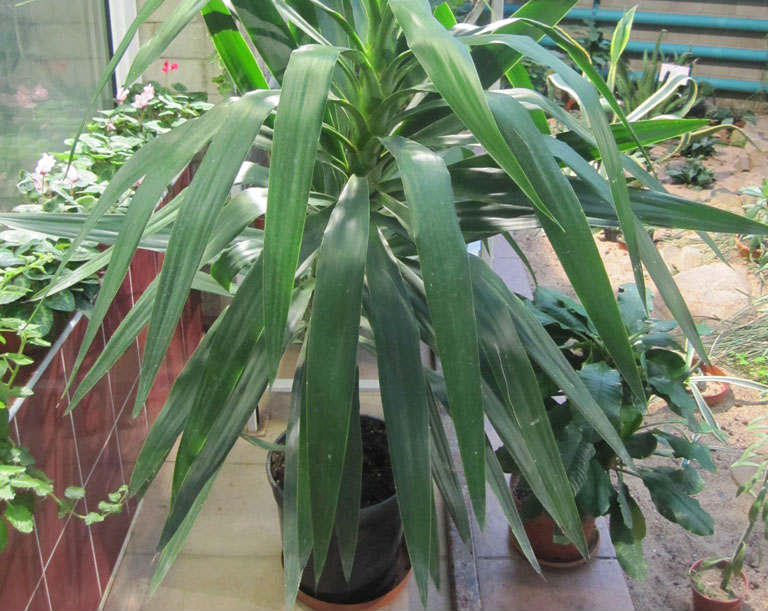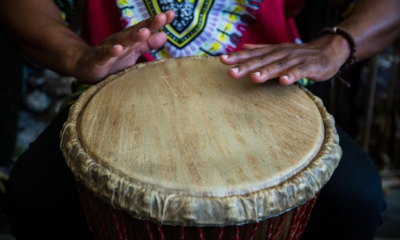Lifestyle
Yucca Varieties – What Is Each One Commonly Used For?

The yucca plant is one of the most popular evergreen garden perennials in Australia. Available in around 40 shrub and tree species, yucca plants will certainly beautify your garden and make it look more inviting. Luckily, it doesn’t require much attention, just some simple caring. For instance, most yuca varieties require full to part sun. Even if your variety is very drought tolerant and it does not need much water once it becomes well established, it’s still important to keep to the regular watering schedule during the growing season, specifically spring and summer.
When it comes to the type of soil they best thrive in, yucca plants do not have any special requirements. What makes yucca popular and ideal for different landscape settings are the large clusters of white flowers and the large, spiky leaves that it has. Since yucca is available in many different varieties, you may have a hard time deciding which one to buy. Here’s a bit help on the matter.

Yucca Elephantipes
This is one of the many yucca varieties you can find on the market and the one you should buy if you want to add contrast to the rest of the plants in your garden. The maximum height of this plant is 4 meters and the truck it will produce will become thicker and rough with age. It features sword-shaped, narrow, blue-green leaves which appear in spiral rosettes. During the growing season in spring and summer, this yucca plant produces a beautiful white flower that will appear on stalks above the foliage. For best growth, plant it in full sun to part shade and in well-drained sandy soil.
Banana Yucca
If you need a plant that needs very low or no maintenance, then this is the best type for you. Apart from requiring very little attention, it also needs very little water. The spiky leaves can reach heights of about one meter but when it comes to blooming, you need to be a little more patient. A banana yucca will need several years before it starts producing flowers and once the flowers fade the plant will probably die soon after.
Spanish Bayonet
The one thing to keep in mind when it comes to this type of yucca plant is to keep it away from places where kids usually play and away from walkways. This plant produces three stems of different heights and each of them is filled with rigid, densely packed and quite sharpy spikes. Once summer comes, this yucca will produce dense flower clusters that can grow about a half meter long.
Believe it or not, yucca plants can be used for many other purposes apart from beautifying your garden. They can be the perfect addition to your home decor as well when grown as houseplants. Some types produce not just flowers but fruits as well, like the soapweed yucca and banana yucca varieties. Very few people will know that, but the leaves and roots of yucca contain steroidal saponins that have an anti-inflammatory agent that’s used to relieve symptoms from arthritis and for purifying and cleaning your blood, heart, and kidneys.
The soapweed yucca variety is used for making soaps and shampoos while the leaves are often used for making woven baskets. Making shampoo from yucca is easy and from one medium-sized plant, you can make even 12 shampoos. Here’s how: just dig up the plant, clean the roots with water and then cut off the top. Once you clean the roots, cut them in small pieces about the size of an ice cube. You can beat them using a hammer or you can go the easiest way and process them in a blender. Once the mixture changes its colour from white to amber, your shampoo will be ready to use.











